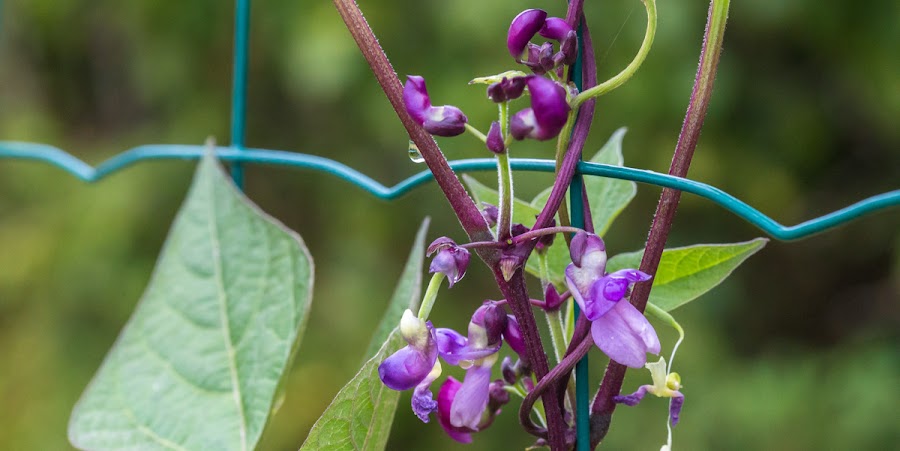The crust is crispy on the outside and doughy on the inside. And it's tasty, too!
I've adjusted the crust recipe (again) and am very pleased with how it's working. Instead of making the dough the night before and letting it rise overnight, I've started making the crust in the morning and giving it a three hour rise* before punching it down and kneading it lightly. By that I mean that I fold the dough over itself several times on a floured surface to redistribute the yeast; there's no long, hard kneading work. Then I separate the dough and form two equal pâtons (balls of dough) and let them rise again for an hour or so. I make the first crust (by hand, no rolling) and let it sit under a towel for about ten minutes before adding the toppings and baking. After we eat the first pizza, I repeat the process for the second.
The crust was good and the pizzas were delicious, if I do say so myself!
* After many years and some research, we realized that the dry yeast we get in the supermarket is "instant" yeast and not "active dry" yeast. I never understood the difference. Instant yeast needs less time to work, so I was letting my dough rise too long, essentially exhausting the yeast. We also tried fresh yeast, and that worked well, but it's not widely available where we live and it doesn't keep long, even frozen.






































